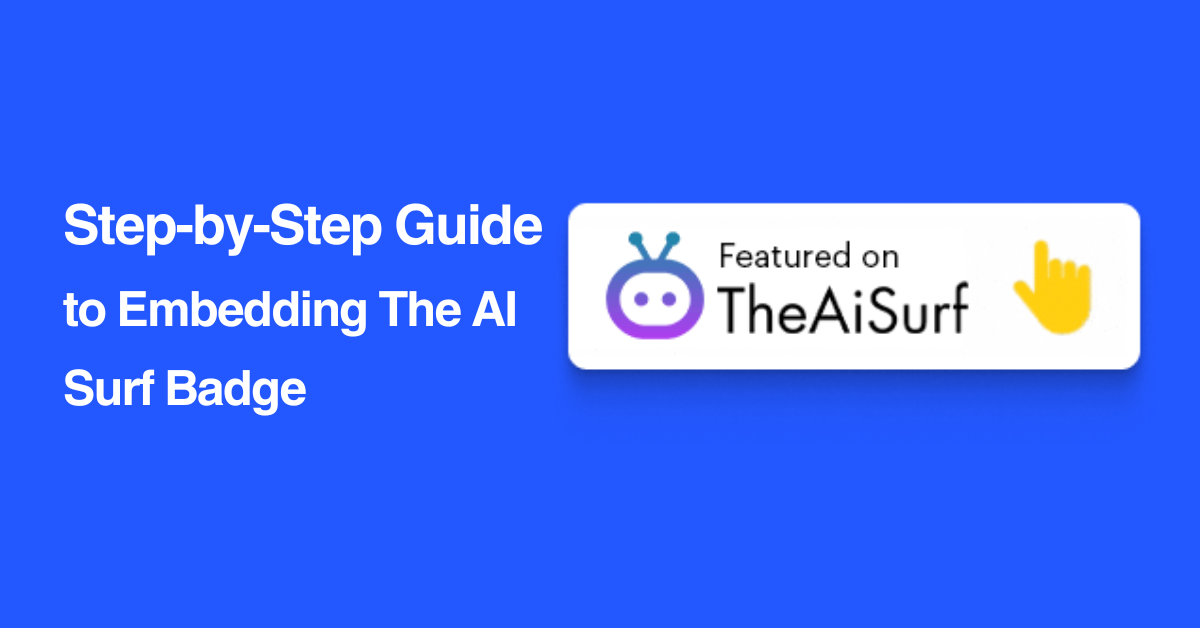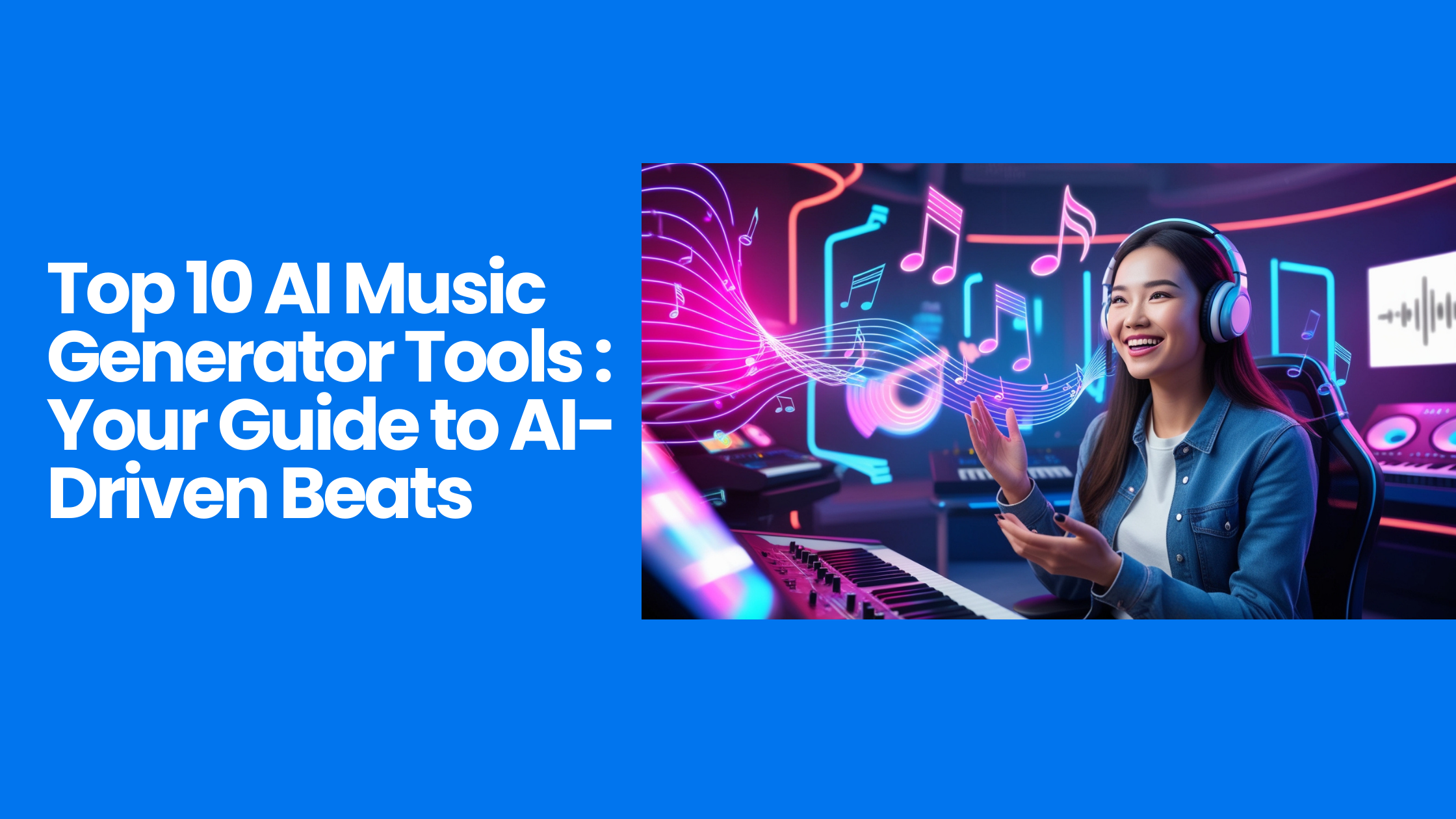
Answering Models Unveiled: The Ultimate Guide
- Guides
- July 25, 2024
- No Comments
The Evolution of Question Answering Models
The field of artificial intelligence has observed significant advancements over the years, with one of the most notable ones being the development of question answering models.
Introduction to Question Answering Models
Question answering models, in the realm of AI, are sophisticated systems designed to provide accurate and relevant responses to user queries. They serve as the foundation for many digital tools, such as search engines, virtual assistants, and customer service chatbots. Their primary function is to enhance the user’s experience by delivering quick and precise answers, thereby streamlining the process of information retrieval.
The evolution of these models has been fueled by advancements in natural language processing, machine learning, and deep learning, enabling them to understand and respond to complex questions in a more human-like manner. To gain a deeper understanding of the mechanisms behind these models, refer to our article on automated question answering.
Importance of Question Answering in Learning
In the context of learning, question answering models play a significant role. They serve as virtual tutors, capable of addressing students’ queries instantly and accurately. This not only fosters self-paced learning but also makes knowledge more accessible.
Furthermore, these models can adapt to the individual learning styles of students, providing customized explanations and resources based on their unique needs and preferences. This personalization aspect enhances the learning experience and promotes better comprehension and retention of information.
Moreover, the use of question answering models in education encourages active learning. By posing questions and seeking answers, students engage in a dynamic learning process that enhances critical thinking and problem-solving skills. For more insights into how AI is revolutionizing education, refer to our article on ai-powered question answering.
In conclusion, question answering models have come a long way since their inception. Their evolution marks a significant milestone in the AI journey, and their application in learning underscores the transformative potential of AI in education. The future promises further advancements in this field, with the potential to reshape how we seek and acquire knowledge.
Types of Question Answering Models
Question answering models are increasingly becoming an integral part of learning and information retrieval. They can be classified into three main types: retrieval-based models, generative models, and knowledge-based models.
Retrieval-Based Models
Retrieval-based models, also known as information retrieval models, provide answers by searching through a predefined set of responses. They rank these responses based on their relevance to the input question and return the most appropriate one.
These models typically use methods like TF-IDF (Term Frequency-Inverse Document Frequency) or BM25 (Best Matching 25) to determine the relevance of a response. These methods measure how often a term appears in a document while accounting for the frequency of the term in the entire document collection.
The primary advantage of retrieval-based models is their ability to provide accurate and consistent responses. However, their scope is limited to the predefined responses, making them less flexible than generative models.
Generative Models
Generative models, on the other hand, can generate unique responses based on the input question. They don’t rely on a predefined set of responses. Instead, they use machine learning algorithms to understand the context of the question and generate an appropriate response.
Commonly used generative models include sequence-to-sequence (Seq2Seq) models and transformer models. These models can handle a wide range of questions and can provide detailed and context-aware responses.
However, generative models are more complex and computationally intensive than retrieval-based models. They also require large amounts of training data to perform well.
Knowledge-Based Models
Knowledge-based models use a structured knowledge base to provide answers. The knowledge base contains facts about the world, represented in a structured format. When a question is asked, the model searches the knowledge base for relevant facts and uses them to construct the answer.
These models excel at answering fact-based questions. However, they struggle with questions that require understanding of context or subjective opinions.
Each type of question answering model has its strengths and weaknesses. Depending on the specific needs and resources available, one might prefer one model over the others. Understanding these types is a critical step in leveraging AI-powered question answering for learning and information retrieval.
How Question Answering Models Work
To fully understand the effectiveness of question answering models, it is essential to delve into how they function. The process typically involves three key stages: data collection and preprocessing, training and evaluation, and addressing common challenges.
Data Collection and Preprocessing
The initial phase in creating question answering models involves data collection. This is a crucial step as the model’s performance largely depends on the quality and diversity of the data collected. The data collection process involves gathering a broad range of questions and their corresponding answers from various sources.
Once the data is collected, the next step is preprocessing. This involves cleaning the data by removing irrelevant information, correcting typos, and standardizing text format. The data may also be segmented into smaller parts, known as tokens, which allow the model to analyze the data more efficiently.
| Steps | Description |
|---|---|
| Data Collection | Gathering a variety of questions and corresponding answers |
| Preprocessing | Cleaning and standardizing the data; Segmenting the data into tokens |
Training and Evaluation
After preprocessing, the model undergoes training. Using machine learning algorithms, the model learns to correlate the input questions with the correct answers. The training process is iterative, meaning the model continuously adjusts its internal parameters to minimize errors in its responses.
Once trained, the model is then evaluated to measure its performance. This involves testing the model with new questions (not included in the training data) and comparing its answers against the correct ones. The model’s performance is usually measured using metrics like accuracy, precision, and recall.
| Steps | Description |
|---|---|
| Training | Using machine learning algorithms to correlate questions and answers |
| Evaluation | Testing the model’s performance with new questions |
Common Challenges in Question Answering
Despite the advancements in question answering models, they still face several challenges. One of the primary issues is understanding complex questions, especially those with multiple parts or abstract concepts.
Another challenge is ensuring the model’s responses are accurate and reliable. This is particularly important when these models are used in critical areas such as healthcare or legal advice.
Finally, maintaining the privacy and security of users’ data is another significant challenge. As these models often need to process personal information to answer certain questions, safeguarding this data is of utmost importance.
| Challenge | Description |
|---|---|
| Complex Questions | Understanding multi-part or abstract questions |
| Accuracy and Reliability | Ensuring the model’s responses are correct and dependable |
| Data Privacy and Security | Safeguarding users’ personal information |
Despite these challenges, considerable strides are being made in the field of automated question answering. With the continuous advancements in AI technology, these models are becoming increasingly sophisticated and capable of providing accurate, reliable, and timely responses to a wide range of questions.
Applications of Question Answering Models
Question answering models are not just theoretical constructs, but have practical applications across various fields. From educational assistance to customer support and research, these AI-powered tools are revolutionizing how information is accessed and utilized.
Educational Assistance
In the realm of education, question answering models serve as digital tutors, providing students with instant responses to their queries. These models can parse complex textbook content, interpret the student’s question, and generate concise, accurate answers. This allows for personalized learning, as students can learn at their own pace and get clarification on concepts they find challenging.
Furthermore, these models aid educators by automating grading and feedback. For example, they can evaluate students’ answers to comprehension questions, giving teachers more time to focus on lesson planning and individual student needs. By leveraging the power of automated question answering, both students and educators can benefit from a more efficient and responsive learning environment.
Customer Support
In customer support, question answering models are the backbone of many chatbot systems. These models can understand a customer’s query, retrieve relevant information from a database, and respond in a conversational manner. This greatly reduces the waiting time for customers and allows support staff to focus on more complex issues.
In addition to answering frequently asked questions, these models can assist in troubleshooting, guiding customers through step-by-step solutions. The ability to provide 24/7 support and handle multiple queries simultaneously makes question answering models a valuable asset in enhancing customer satisfaction and loyalty.
Research and Information Retrieval
Researchers often need to sift through vast amounts of data to find relevant information. Question answering models can simplify this process by extracting the required information from large datasets or documents. These models are particularly useful for tasks such as literature reviews or competitive analysis, where researchers need to gather and synthesize knowledge from various sources.
Moreover, with advancements in knowledge-based question answering, these models can answer complex, multi-part questions, making them valuable tools for in-depth research. By harnessing the power of ai-based information retrieval, researchers can access and utilize information more effectively, leading to more informed decisions and impactful findings.
In sum, question answering models are transforming the way information is accessed, understood, and utilized across various sectors. Their ability to interpret natural language queries, retrieve relevant information, and generate accurate, concise answers makes them an invaluable tool in today’s data-driven world. As these models continue to evolve, their applications are likely to expand, further enhancing efficiency and productivity across various domains.
Popular Question Answering Models
In the realm of automated question answering, several models have emerged as leaders due to their impressive performance and wide-ranging applications. This section delves into three such popular models: BERT, GPT-3, and T5.
BERT (Bidirectional Encoder Representations from Transformers)
BERT, short for Bidirectional Encoder Representations from Transformers, is a transformer-based model that has made significant strides in the field of question answering. Unlike traditional models, BERT reads the entire input sequence (both left-to-right and right-to-left) before making predictions. This bidirectional approach allows the model to gain a deep understanding of the context, leading to more accurate responses.
BERT has been trained on a large corpus of text, enabling it to handle a wide range of queries effectively. It has been particularly successful in tasks that require a deep understanding of language semantics, making it a valuable tool in the realm of knowledge-based question answering.
GPT-3 (Generative Pre-trained Transformer 3)
GPT-3, or Generative Pre-trained Transformer 3, is another leading model in the question answering field. This generative model leverages a transformer architecture to produce responses. Unlike retrieval-based models that select answers from a predefined set, GPT-3 generates entirely new responses, giving it a great deal of flexibility.
GPT-3 has been trained on a diverse range of internet text. However, its true strength lies in its ability to generate human-like text. This has opened up a plethora of applications, from drafting emails to writing code, and, of course, answering questions in a human-like manner.
T5 (Text-to-Text Transfer Transformer)
Completing the trio of popular question answering models is T5, or Text-to-Text Transfer Transformer. As the name suggests, T5 converts every language problem into a text-to-text problem, making it a highly versatile tool. From translation to summarization and question answering, T5 can handle it all.
What sets T5 apart is its training process. The model is pre-trained on a large corpus of text and then fine-tuned for specific tasks. This combination of pre-training and fine-tuning allows T5 to achieve high performance across a wide range of tasks.
While these models have significantly advanced the field of automated question answering, it’s important to remember that they are tools designed to assist in the process of knowledge discovery. They are not replacements for human judgment and understanding. As such, they should be used in conjunction with other resources to make the most of their capabilities in the pursuit of knowledge. For more on this topic, check out our piece on ai-powered question answering.
The Future of Question Answering
As we continue to witness advancements in technology, the future of question answering models looks promising. We are likely to see significant improvements in these models, enhancing their effectiveness in education and knowledge sharing.
Advancements in Question Answering Technology
The evolution of question answering models is being propelled by advancements in natural language processing (NLP) and machine learning technologies. These developments are leading to models that are more accurate, efficient, and capable of understanding complex queries.
One significant trend is the rise of context-aware models. These models are designed to understand the context of a question, enabling them to provide more relevant and accurate answers. For instance, a model might be able to distinguish between the musical “Hamilton” and the city “Hamilton” based on the context of the question, providing a more accurate response.
Another trend is the integration of multimodal inputs. This means that future models might be capable of receiving and processing information from various sources and in different forms, such as text, images, audio, and video. This could significantly enhance the model’s ability to understand and answer questions accurately.
Moreover, question answering models are likely to become more user-friendly, with intuitive interfaces and personalized experiences. They might also incorporate feedback mechanisms, allowing users to rate the quality of answers and provide input for improving the system.
Potential Impact on Education and Knowledge Sharing
The advancements in question answering technology are expected to have a notable impact on education and knowledge sharing. For one, they could revolutionize the way students learn by providing real-time, personalized assistance. Students could pose questions to these models and receive instant, accurate answers, making learning more interactive and engaging. This could be particularly useful in self-directed learning scenarios, where students are learning at their own pace.
Moreover, these models like homeworkify could play a significant role in information retrieval, helping users sift through vast amounts of data to find the exact information they need. By asking a question, users could retrieve specific pieces of information without having to manually search through documents or databases.
In addition, these models could facilitate knowledge sharing across different domains. For example, a medical student could ask a question about a specific condition, and the model could provide a detailed answer based on information from various medical texts and research papers.
In conclusion, the future of question answering models is bright, with significant advancements in technology likely to transform how we learn and share knowledge. As we continue to harness the power of AI, we can look forward to more interactive, personalized, and efficient learning experiences.
Ready to delve deeper? Discover more insights in our companion article focusing on 15 Best Alternatives to Homeworkify in 2024. Plus, don’t miss out on our latest blog post, offering additional perspectives on Homeworkify Alternatives. Start exploring today!”





